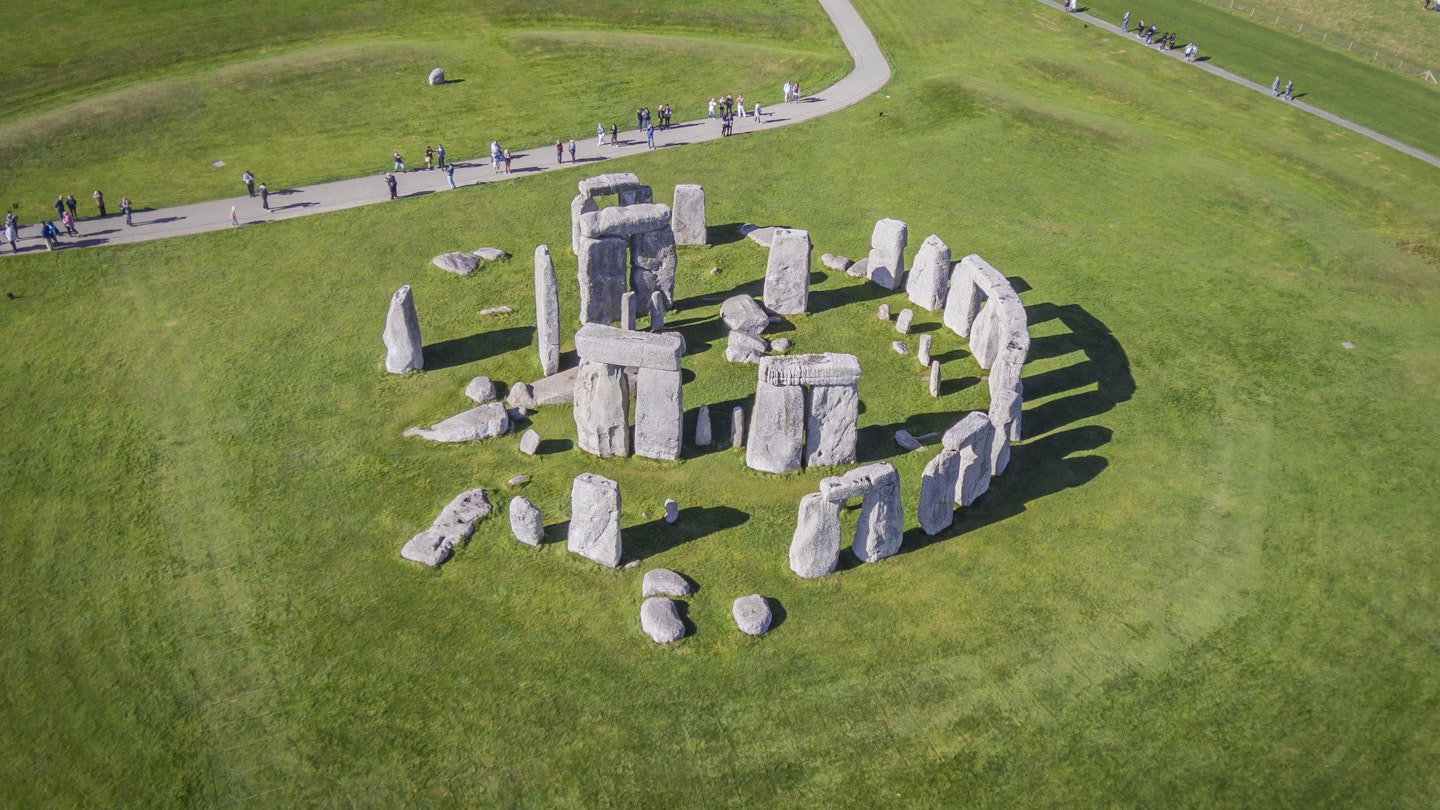Researchers believe that some of the stones from the ancient site of Stonehenge in England may have come from another older monument in Wales.
In the course of the BBC Two documentary, Stonehenge: The Lost Circle Revealed, it was explained that researchers from University College London uncovered the remains of an ancient stone circle in Wales called Waun Mawn. Located in Preseli Hills in Pembrokeshire, it is even older than Stonehenge. Only four monoliths remain there, but investigations have shown that they were once part of a wider circle of 30 to 50 stones.
Back in 2015, it was established that some of Stonehenge’s stones came from a quarry in Preseli Hills, and the researchers wonder if there are even closer links. According to findings published in the journal Antiquity, the stones from Waun Mawn may have been dismantled and moved 175 miles to be reassembled as Stonehenge. The Welsh site has a diameter of 110 metres, which is the same size as the ditch that encloses Stonehenge, and both sites are aligned on the midsummer solstice sunrise.
Stonehenge is one of Britain’s great archaeological mysteries. The first phase of building started around 3000 BC, when the outer circular bank and ditch were erected, although recent archaeological findings show the surrounding area was sacred for hundreds of years before work began. A thousand years later, an inner circle of granite stones, known as bluestones, was added. One of these bluestones has an unusual cross-section that matches one of the holes left at Waun Mawn, raising the question of whether it originally formed part of the Welsh stone circle.

Speaking on the documentary, Professor Mike Parker Pearson from University College London suggests that the stones may have been transported to form Stonehenge as part of a larger movement of people from the Preseli region to the area. This theory is bolstered by the fact that many stones from Wales are now missing. “It’s as if they just vanished,” says Parker Pearson. “Maybe most of the people migrated, taking their stones – their ancestral identities – with them.”




